Emerging Wine Regions: Africa and Latin America's Next Investment Frontier
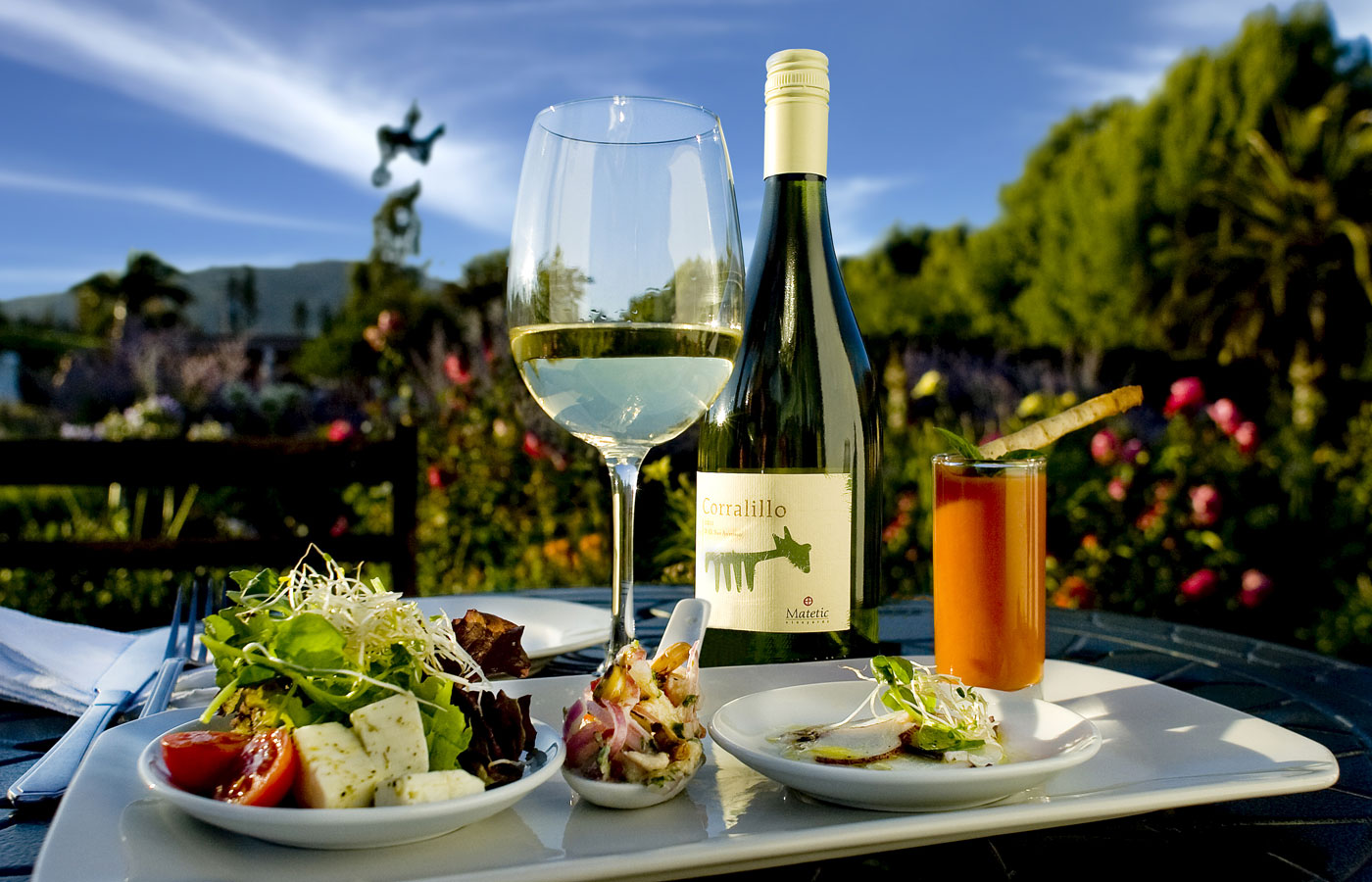
New Wine Markets Are Redefining Investment in Wine Production
For centuries, Europe has dominated the global wine conversation. France, Italy, and Spain account for over 50% of the world’s wine exports, valued at approximately €20 billion annually.
Yet today, a quiet evolution is underway. Across parts of Africa and Latin America, new wine-producing regions are beginning to emerge, driven by climate opportunity, changing consumer tastes, and untapped investment potential.
Africa’s wine exports have grown by over 15% annually since 2018, adding close to €120 million in new trade flows.
Latin America’s wine sector, led by countries like Chile and Argentina, has seen a 10% year-on-year growth, representing an additional €200 million annually.
This is not speculation, it’s a trend, backed by numbers.
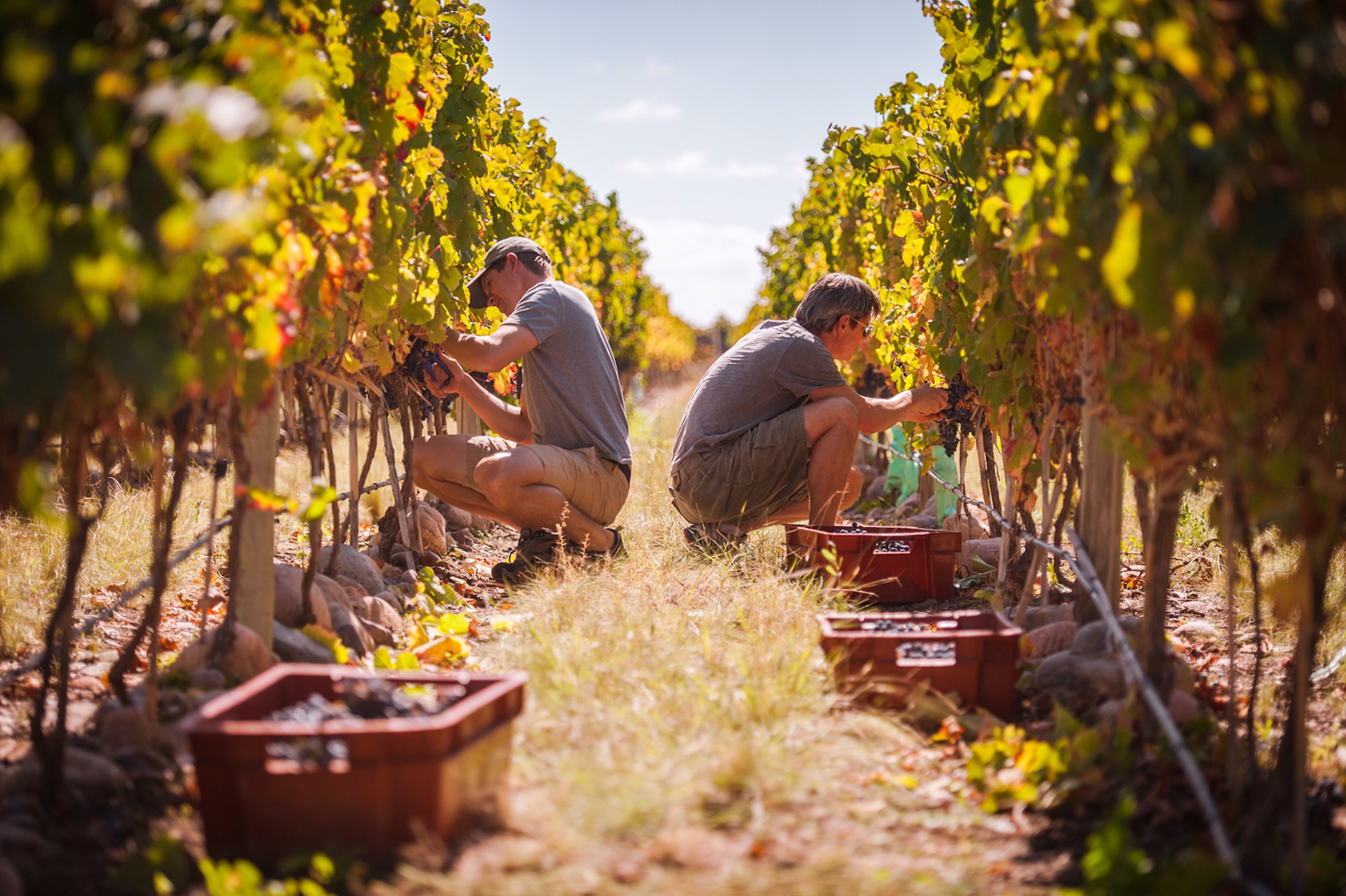
These aren’t household names yet. They are fields of possibility. For investors and entrepreneurs seeking the next frontier in investment in wine production, the timing could not be better.
This is the first article in the Emerging Wine Regions series, where we examine new wine markets, global wine industry trends, and how smart capital can reshape the map.
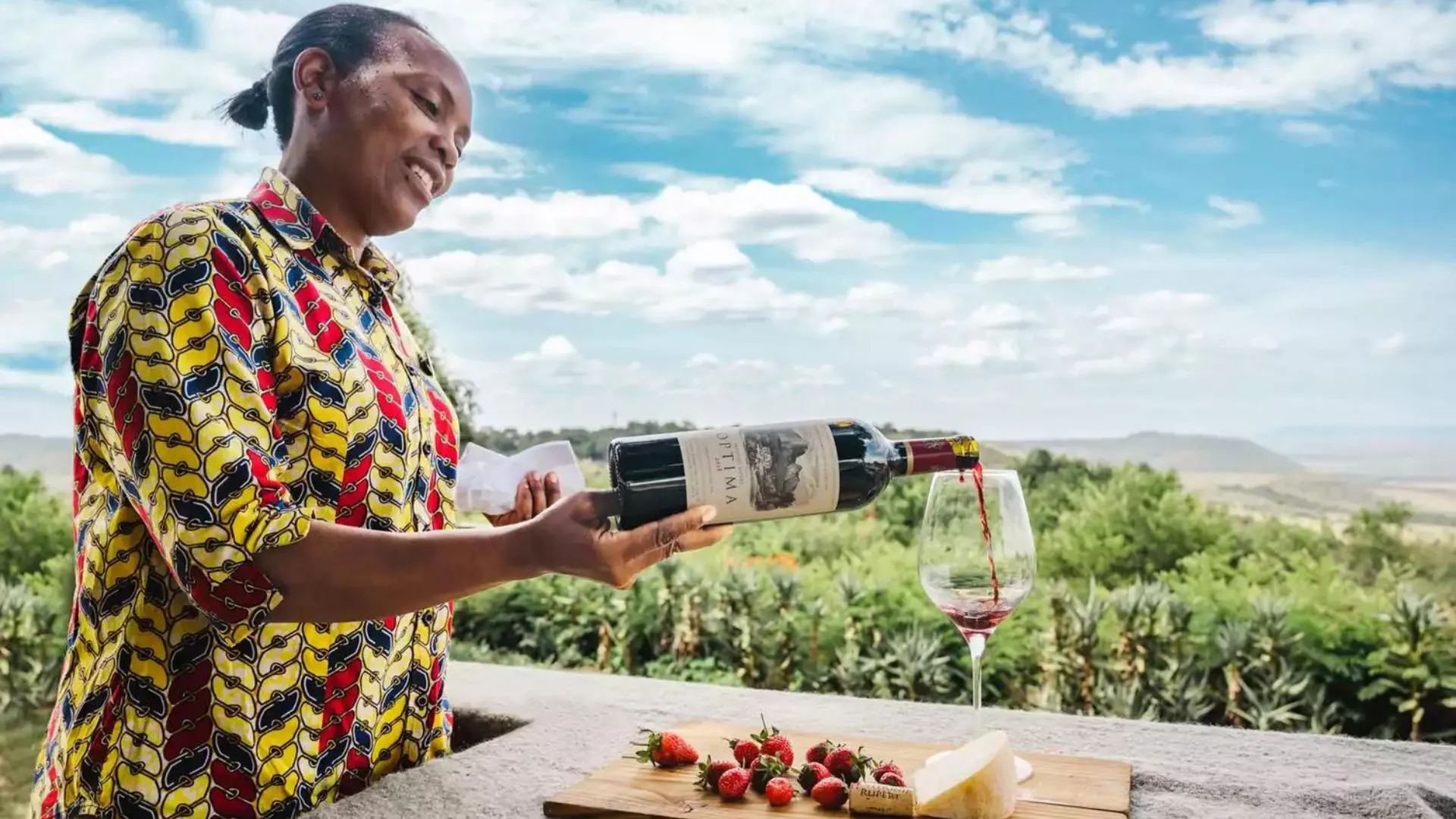
Together, these emerging wine regions now account for over €1.5 billion in exports a figure projected to double within the next decade (OIV, 2024).
Explore how global trade alliances impact market access
The Status Today
Growth Beyond the Big Names
While South Africa dominates with over 90% of Africa’s wine exports, other countries are building momentum.
Ghana is nurturing its viticulture ambitions through projects like G.I.V.E.R., focused on introducing new varietals to the continent.
In Kenya’s Great Rift Valley, Kenyan wine farms benefit from high altitude and volcanic soil, attracting boutique growers targeting premium markets.
Ethiopia leverages its deep agricultural history to create a new class of modern vineyards.
On the other side of the world, Latin America’s wine evolution is just as dynamic.
Mexico’s Baja California has expanded vineyard acreage by over 35% since 2015, boosting its standing as a new wine market.
Colombia is experimenting with high-altitude cultivation to serve a rising middle class and shifting consumption patterns.
Afro Wine Week – South Africa, September 5–13, 2025
This short feature introduces Afro Wine Week: a strategic platform connecting entrepreneurs, investors, and wine industry leaders across Africa.
It highlights how collaboration, innovation, and cultural identity are shaping Africa’s role in tomorrow’s global wine economy.
Expert Trends and Predictions for the Future of Wine.
In this video, Rabobank Knowledge explores key shifts in the global wine landscape covering changing consumer behaviour, climate-driven production changes, and the rise of emerging wine regions.
A concise, forward-looking overview for investors interested in long-term opportunities beyond traditional markets.
Kenya’s Wine Ambitions in Focus
This short video offers a rare glimpse into Kenya’s budding wine industry.
From grape cultivation in the Great Rift Valley to boutique production models serving a growing local market.
As land and climate conditions evolve, Kenya positions itself as an unexpected but promising contender in Africa’s wine future.
Why It’s Happening Now
Investment in wine production is rising in Africa and Latin America for clear reasons:
-
Climate shift: Europe’s traditional wine belts face unpredictable harvests, while Africa and Latin America offer new reliable zones.
-
New consumers: Younger generations value authenticity, sustainability, and exploration—traits found in these emerging wine regions.
-
Cost advantage: World Bank data shows Sub-Saharan African agricultural investment is up 18%, while Latin America’s agri-tech sector has grown nearly 25%.
A hectare of land in Bordeaux might cost €250,000–€400,000. In Kenya or Colombia, similar land can be secured for €8,000–€18,000—with startup costs that are a fraction of Europe’s.
To navigate this expansion effectively, Supply Chain & Production Partnering services—like those offered by Xaviour Holding—can bridge the trust gap between new investors and vetted local suppliers.
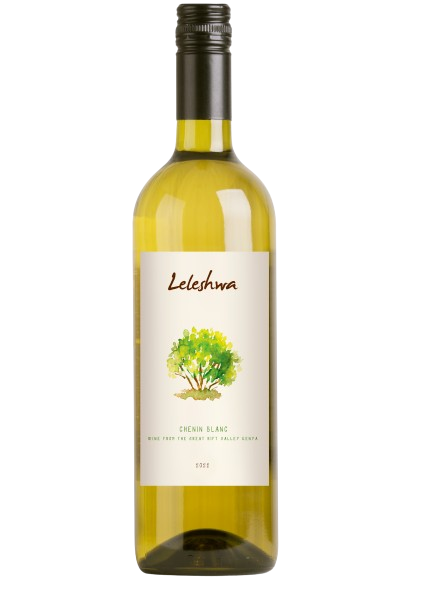
Real Investment Comparison: Old World vs New Frontiers
France (Bordeaux Region)
- Land per hectare: €250,000 – €400,000
- Setup and equipment: €160,000–€240,000
- Total startup: €450,000 – €660,000
- Production: 4,000–6,000 liters/year
Kenya (Great Rift Valley)
- Land per hectare: €8,000 – €15,000
- Setup and equipment: €62,000–€90,000
- Total startup: €75,000 – €110,000
- Production: 3,000–5,000 liters/year
Colombia (Boyacá Region)
- Land per hectare: €10,000 – €18,000
- Setup and equipment: €70,000–€100,000
- Total startup: €90,000 – €130,000
- Production: 3,500–5,500 liters/year
Lower startup costs mean quicker returns and more flexibility in brand building within these new wine markets.
Risk Factors and Strategic Considerations
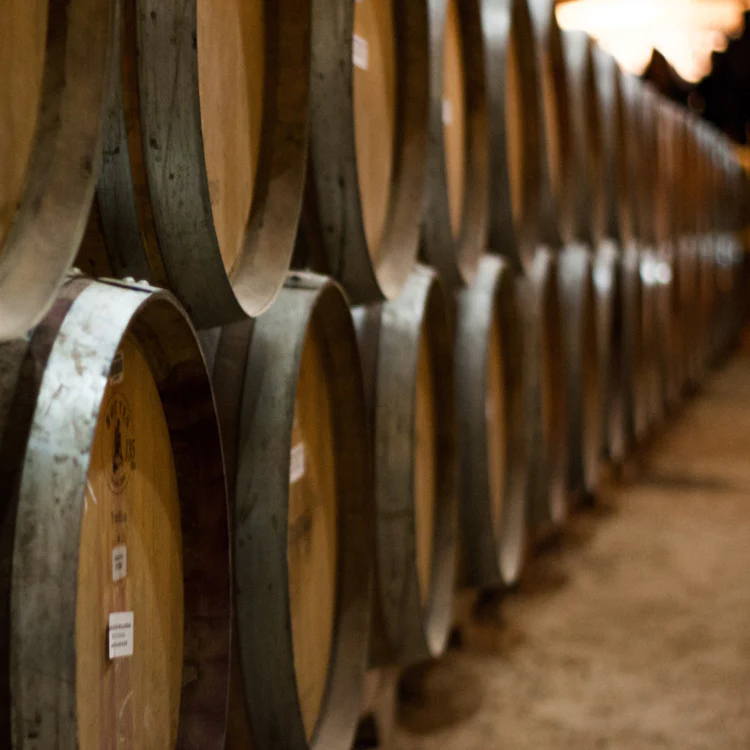
Conclusion: Planting Smart Roots
The opportunity is real. With startup costs at a fraction of Europe’s and demand for unique wine profiles rising, emerging wine regions across Africa and Latin America are poised for long-term growth.
In a €300 billion global industry, even a 1% stake equals €3 billion. A mid-sized vineyard can generate €500,000–€750,000 annually.
If you’re building for more than profit if you’re building for impact, equity, and global position then this is your moment.
This is the first article in our Emerging Wine Regions series.
Coming next: Investing in Africa’s Emerging Wine Regions
Operational and Political Challenges
Infrastructure gaps like limited storage and transportation can affect production timelines.
Political shifts and regulatory inconsistencies in emerging wine regions can complicate export plans.
Currency instability also presents risk.
The Kenyan shilling and Colombian peso have seen double digit volatility in recent years.
Strategic use of hedging and market diversification are essential.
Xaviour Holding believes smart investment in wine production requires not only capital, but resilience, long-term thinking, and trusted local partnerships.
Our motto applies here: Beyond Profit, Towards Legacy.
Security and Community Dynamics
In Kenya, over 30% of property crimes go unresolved annually (KNBS, 2023).
Mexico’s rural zones have reported a 25% increase in agricultural theft since 2020.
Colombia faces 18% community-driven disruption in agri-projects.
Yet projects that invest in local engagement reduce disruption by 35–40% over five years (FAO, 2023).
Visiting sites, hiring local advisors, and building trust matters.
To support this, Xaviour Holding also provides Market Entry & Business Expansion advisory for pre-investment assessments and operational verification.
0 Comments